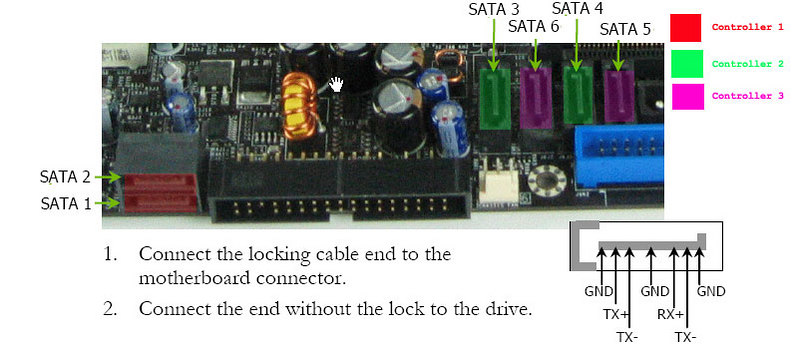I recently ran do-release-upgrade on an OpenVZ VPS running Ubuntu 12.04. The process was surprisingly smooth, and I ended up with a functional install of Ubuntu 14.04. However, after a couple days, I realized that nothing was getting logged (auth.log, mail.log, syslog, etc.). Nginx logs continued working just fine. Upon further review of what was installed, upgraded, and removed, I realized that sysklogd was uninstalled, but nothing was installed to replace it. I ran:
aptitude install rsyslog
and now everything appears to be logging as expected.
I’m not sure if this was a problem because of Ubuntu, OpenVZ, or my hosting company. Regardless, it’s fixed now.
